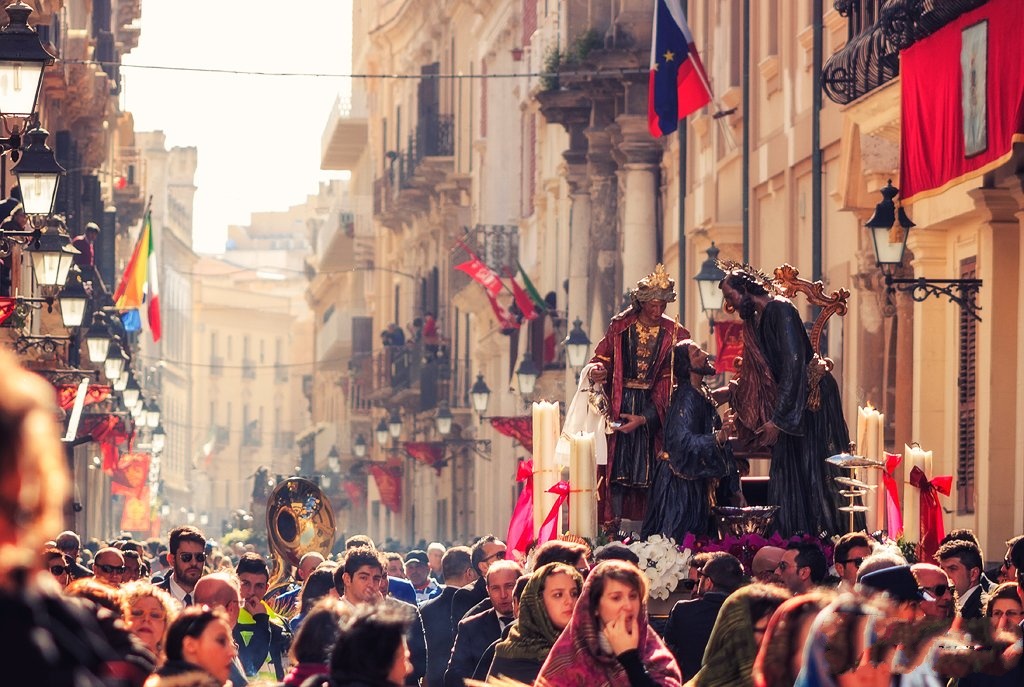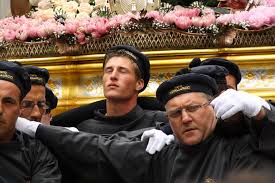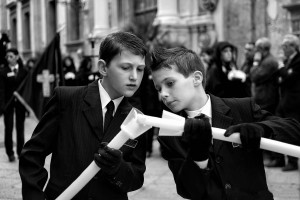
During the period of Holy Week, which precedes Easter Sunday, Trapani offers a series of events: jealously guarded functions and rituals since ancient times. In particular, the procession of the Holy Friday is one of the most important religious celebrations, and not just in Trapani. Composed of sacred groups, it occurs throughout a period of 24 hours. It is therefore considered the longest Italian religious event with the exception of the Festival of Sant’Efisio that lasts four days. It is also one of the oldest having been enacted for the last 400 years. Its origin is Spanish, from the ancient Casazas and has important similarities to Andalusian festivals. This procession is notable amongst similar events in the Mediterranean not only for its duration and impressive size, but also for the way in which it edges slowly forward through the streets of the city with its very characteristic gait or sway determined by the poignant sound of different bands that accompany the Mysteries groups.

Other factors that contribute to its importance and popularity are the artistic value of the twenty groups of statues, the people of Trapani’s love for their procession, and the care taken by each group within the organization of the sacred representation. This gives added value to the other two processions during Holy Week which take place in Trapani: the procession of the “Mother of Mercy by Massari”, which takes place on Holy Tuesday and that of “Mother Piety of the People”, which takes place on Holy Wednesday. The central hub is the Church of the Purgatory in which throughout the year the sacred groups are stored together with the icon of the Mother of Mercy by Massari.

During the procession there is a special and engaging atmosphere. The streets are crammed with people of all ages and classes who admire the sacred groups that parade along the old city centre. Currently there are eighteen diverse groups plus the two statues of Dead Jesus and Our Lady of Sorrows that represent the Passion and Death of Jesus Christ. The grouped statues are made of wood and were carved by artisans from Trapani during the seventeenth and eighteenth centuries. They are very heavy and each statue requires more than ten bearers (massari). Each simulacrum is decorated with different floral arrangements and precious ornaments lending it a singular beauty. During the procession the bearers perform different characteristic movements, among them the annacata; a rhythmic swinging, the arrancata; a sudden acceleration to recover lost ground, and the vutata which is a sudden turn of the vara (the statue) towards wealthy people from whom you expect a hefty donation.

The city’s cultural identity is embedded in the ritual of the procession of the Mysteries and is of fundamental importance to Trapani. Its residents are both protagonists and spectators. They offer extraordinary and unforgettable scenery, so much so as to attract tourists and the foreign faithful.